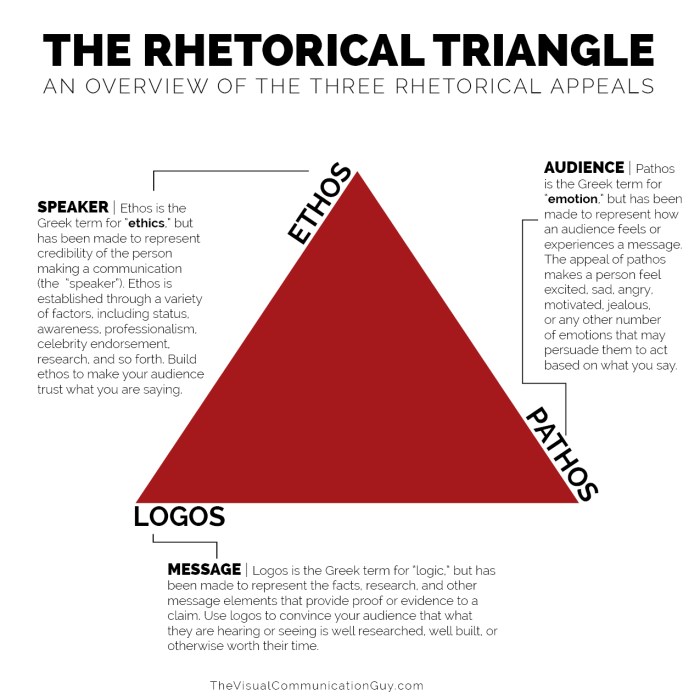Rhetorical devices i have a dream speech annotated pdf – Unveiling the power of rhetoric, “Rhetorical Devices in “I Have a Dream” Speech: An Annotated PDF Guide” delves into the intricacies of the iconic speech, dissecting the rhetorical devices that propelled it into the annals of history.
Through a comprehensive analysis, this guide unveils the profound impact of these devices on the speech’s structure, persuasive power, and enduring legacy.
1. Rhetorical Devices in “I Have a Dream” Speech

Martin Luther King Jr.’s “I Have a Dream” speech is a powerful and moving oration that has inspired generations. The speech is replete with rhetorical devices that contribute to its effectiveness, including:
- Anaphora: The repetition of a word or phrase at the beginning of successive clauses or sentences, such as “I have a dream” and “We must not allow.”
- Antithesis: The juxtaposition of contrasting ideas, such as “the scorching flames of injustice” and “the cool waters of freedom.”
- Hyperbole: The use of exaggeration for emphasis, such as “a hundred years from now” and “the entire world will be free.”
- Metaphor: The comparison of two unlike things without using “like” or “as,” such as “the whirlwinds of revolt” and “the dark clouds of racial injustice.”
- Simile: The comparison of two unlike things using “like” or “as,” such as “a great beacon light of hope” and “a city set on a hill.”
These rhetorical devices enhance the speech’s persuasive power by creating a sense of urgency, emphasizing key points, and appealing to the audience’s emotions.
2. Analysis of Key Rhetorical Devices
Among the most prominent rhetorical devices used in the speech are:
- Anaphora: King’s repeated use of “I have a dream” creates a sense of unity and purpose, while also emphasizing the importance of his vision.
- Antithesis: The contrast between the “dark clouds of racial injustice” and the “bright sunshine of justice” highlights the urgency of the civil rights movement.
- Hyperbole: King’s claim that “a hundred years from now” the world will be free is an exaggeration that underscores his belief in the power of nonviolent resistance.
- Metaphor: The “whirlwinds of revolt” is a powerful metaphor for the potential violence that could result from racial injustice.
- Simile: The comparison of the civil rights movement to a “great beacon light of hope” evokes a sense of optimism and inspiration.
These devices enhance the speech’s persuasive power by creating a vivid and memorable message that resonates with the audience.
3. Impact of Rhetorical Devices on Speech Structure

The rhetorical devices used in the speech contribute to its logical flow of ideas. The repetition of “I have a dream” creates a sense of unity and progression, while the use of antithesis and hyperbole emphasizes the urgency of the civil rights movement.
The metaphors and similes provide vivid imagery that helps the audience visualize the speaker’s message. Overall, the rhetorical devices help to structure the speech in a way that is both persuasive and memorable.
4. Historical Context and Rhetorical Devices: Rhetorical Devices I Have A Dream Speech Annotated Pdf

The “I Have a Dream” speech was delivered in 1963, during the height of the civil rights movement. The speech’s rhetorical devices reflect the social and political climate of the time. The use of anaphora, antithesis, and hyperbole creates a sense of urgency and desperation, while the metaphors and similes provide vivid imagery of the racial injustice that was prevalent at the time.
The speech’s rhetorical devices helped to galvanize the civil rights movement and inspire people to fight for equality.
FAQ Summary
What is the purpose of an annotated PDF?
An annotated PDF provides detailed annotations and explanations that enhance the reader’s understanding of the original text.
How does this guide contribute to the study of the “I Have a Dream” speech?
This guide offers a comprehensive analysis of the rhetorical devices employed in the speech, shedding light on their significance and impact.